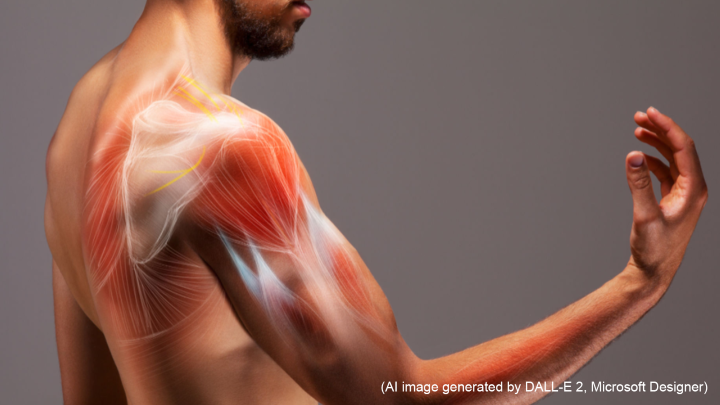#0061 Ergonomic risk exposure and work ability among young dental professionals in China: A cross-sectional study

Posture-Associated Musculoskeletal Disorders Decrease Working Ability, Reveals Study on Dental Professionals in China
Sustained awkward posture is an ‘ergonomic’ hazard that can lead to musculoskeletal disorders (MSDs), thereby impacting working efficiency of the affected individual. Dentists often spend an extended amount of time in a static posture when working with patients, thus straining their necks and wrists. Several studies carried out worldwide, including China, have reported a high prevalence of MSDs due to ergonomic risk factors among dentists from as early as their internship years. This can potentially result in loss of working days and disabilities, affecting their routine practice, and eventually causing them to retire earlier than required.
However, the impact of ergonomic risk factors on the working ability of dental professionals has not been assessed. Thus, to this end, we investigated 218 dental professionals, including doctors, nurses, and assistants, from three hospitals in southern China to understand the association between ergonomic risk exposure and working ability.
We applied a quick exposure check (QEC) to assess their exposure to ergonomic risk factors. Using this, we computed ergonomic exposure scores for four body parts, namely, neck, shoulders/arms, back, and wrists/hands. We then calculated a work ability index (WAI) through questionnaires regarding changes in practice over time, sick leaves availed, estimated work impairment, working hours, and number of diagnoses. Based on the answers provided by the participants, the WAI scores ranged from 7 to 49 representing poor to excellent performance, respectively. Moreover, we also analyzed other lifestyle factors such as smoking, drinking, and physical exercise.
While the average WAI among participants was 39.6, 31.2% participants had poor/moderate WAI and 68.8% accounted for good/excellent WAI. High ergonomic risk exposure level was found to be 45.9% for the neck and 21.1% for the wrist/hand. Few participants suffered from posture-related back discomfort. We found that individuals exposed to higher ergonomic risk showed decreasing trends of work ability and vice-versa. Notably, physical activity of 30 to 60 minutes a day could help restore working ability.
Overall, our findings support the need for ergonomic risk factor assessments and appropriate interventions to avoid declining work abilities and productivity during the early careers of dental professionals. As MSDs can have long-term health implications, it is crucial to inculcate necessary measures to improve working postures.

Link to the original journal article:
https://onlinelibrary.wiley.com/doi/full/10.1002/1348-9585.12154
Title of the paper:
Ergonomic risk exposure and work ability among young dental professionals in China: A cross-sectional study
Authors:
Sihao Lin, Zhenyi Wu, Wenjuan Tang, Guoxi Xu, Xianzhe Zeng




